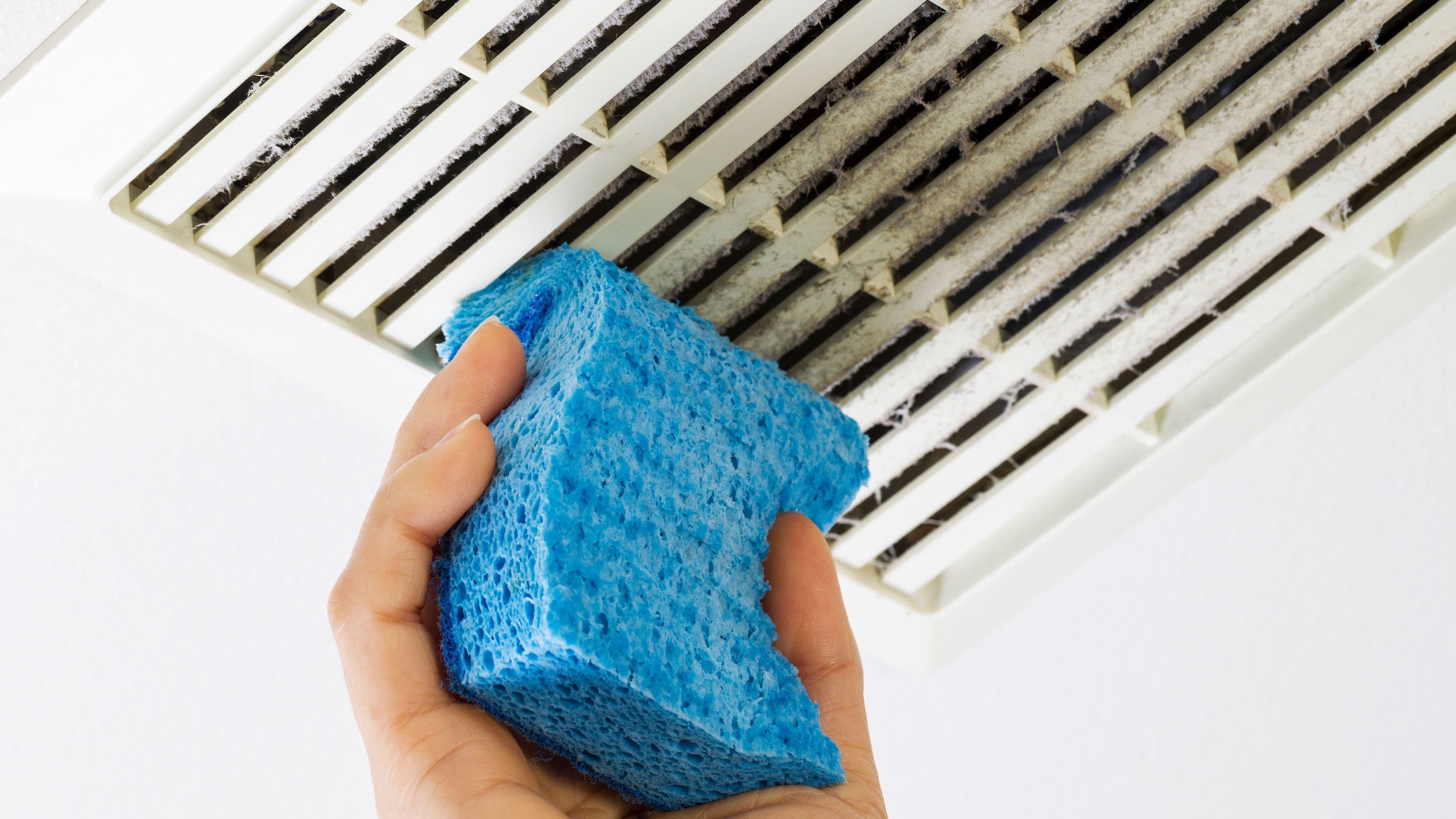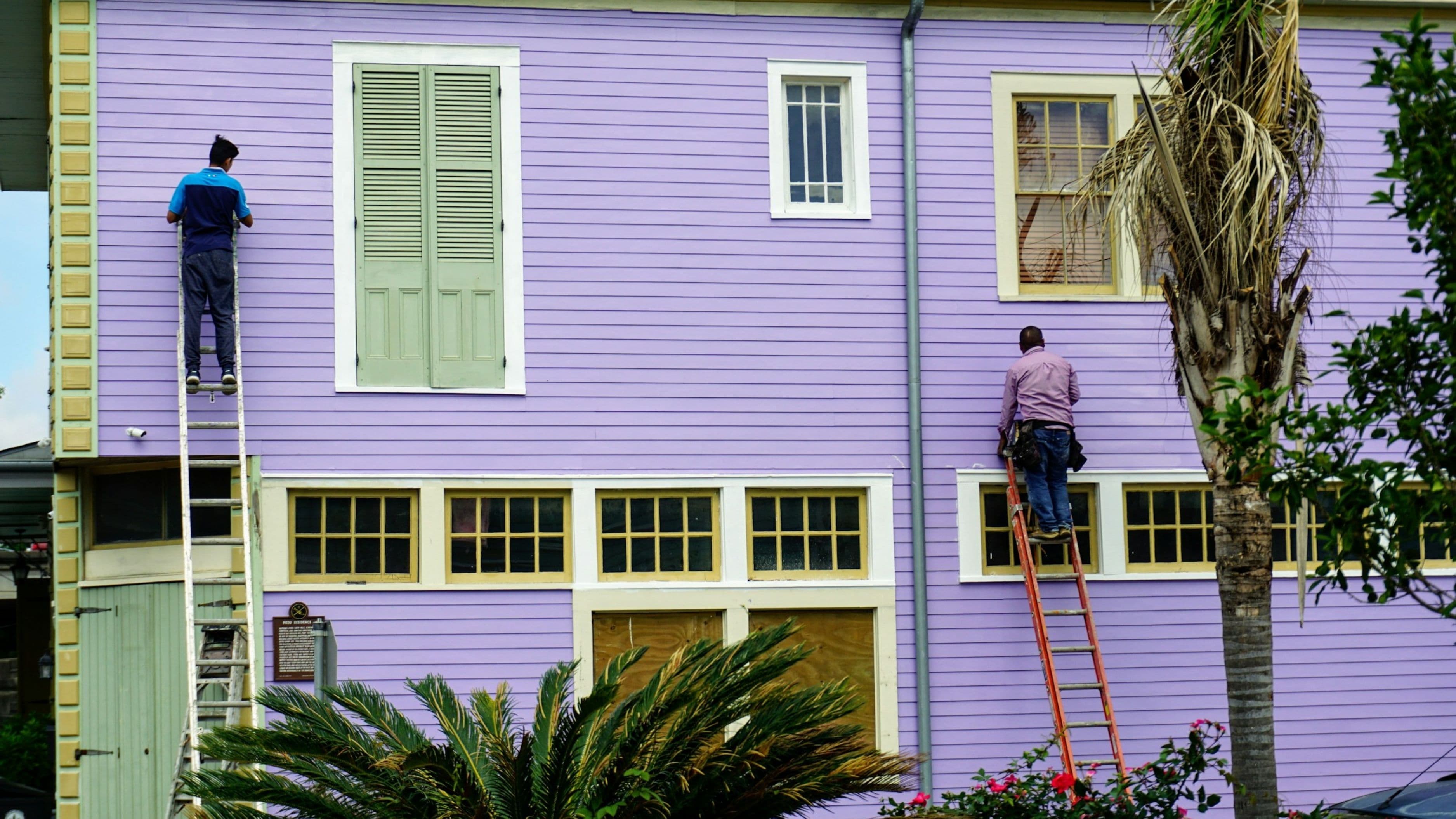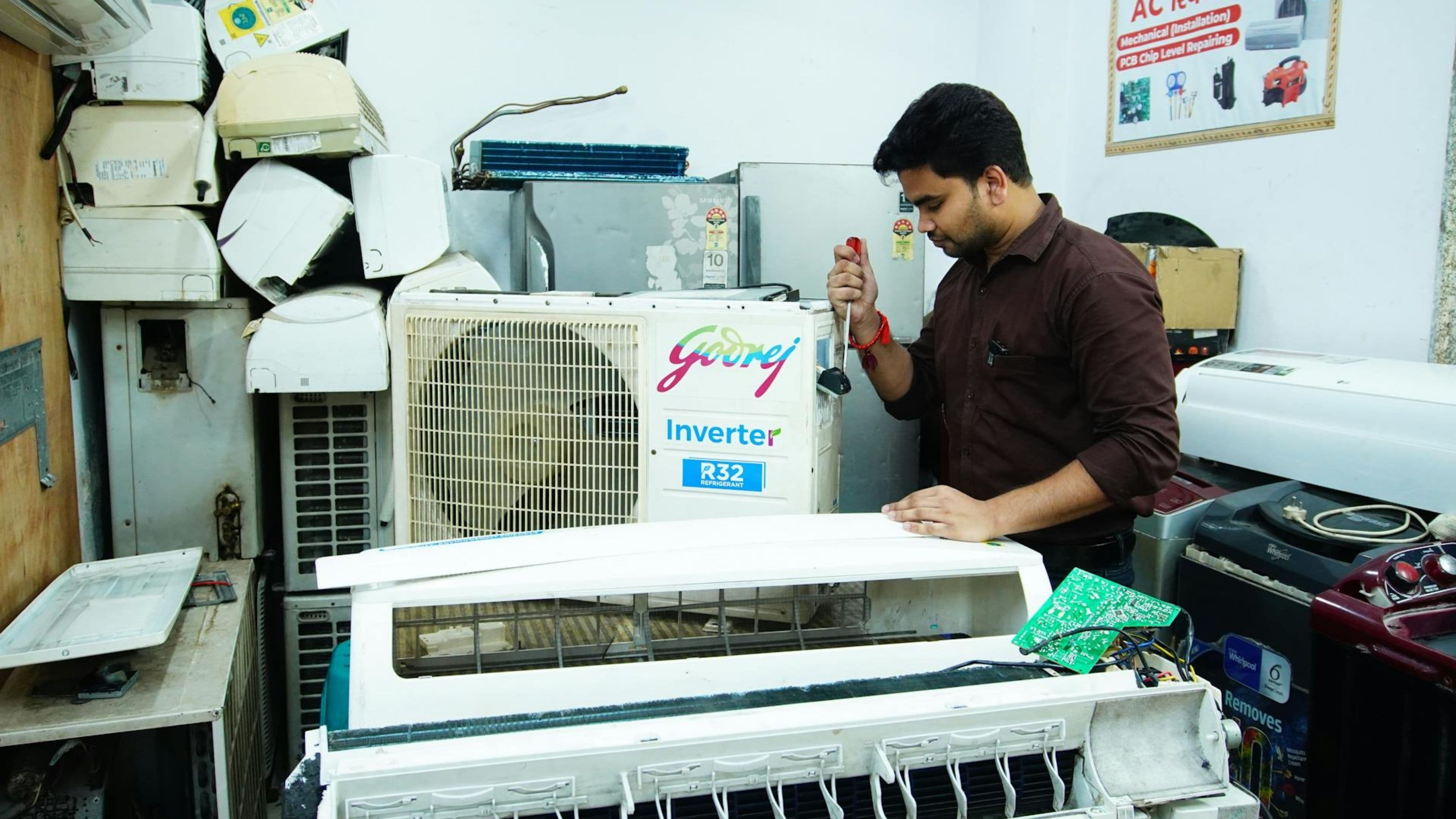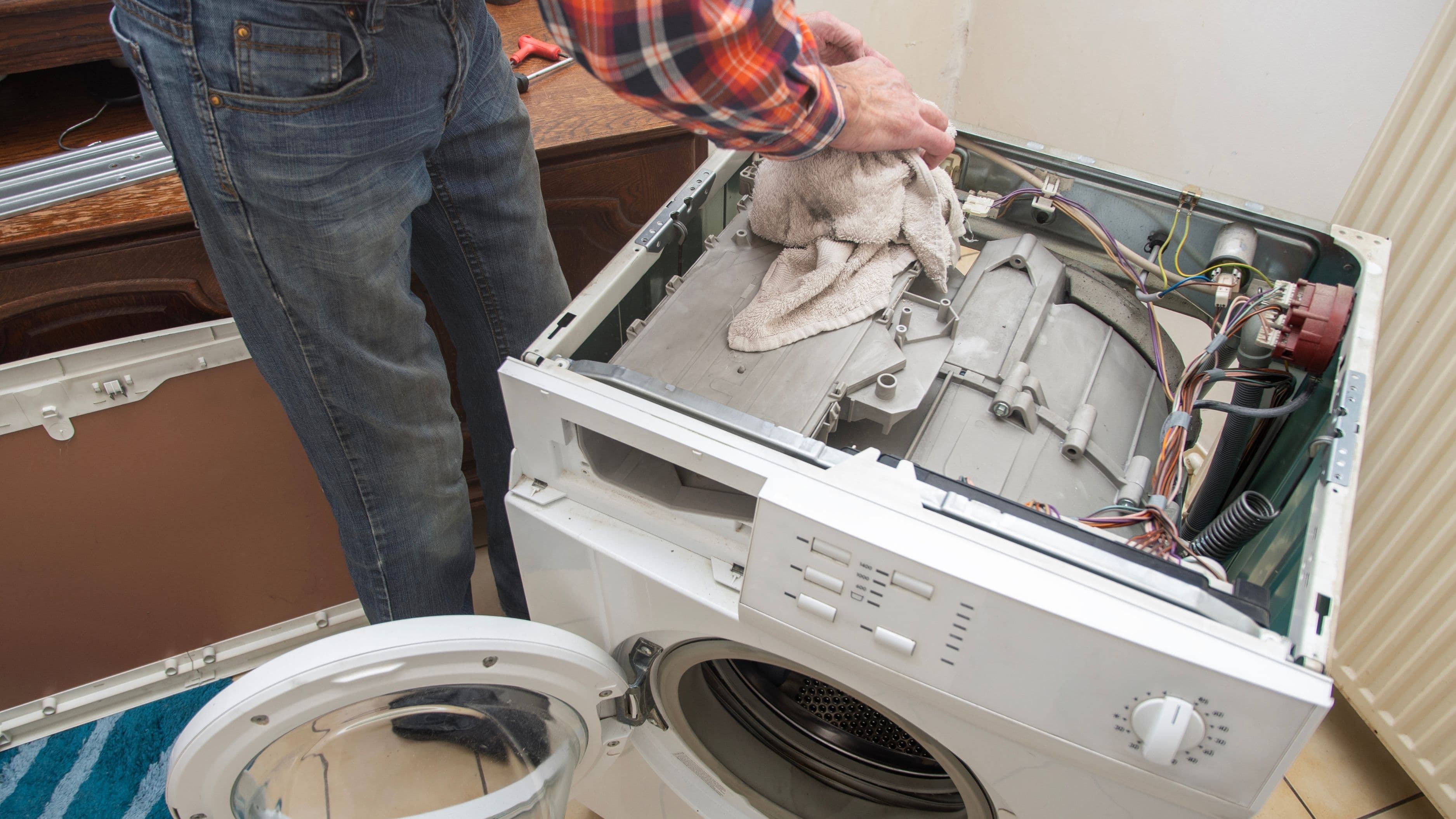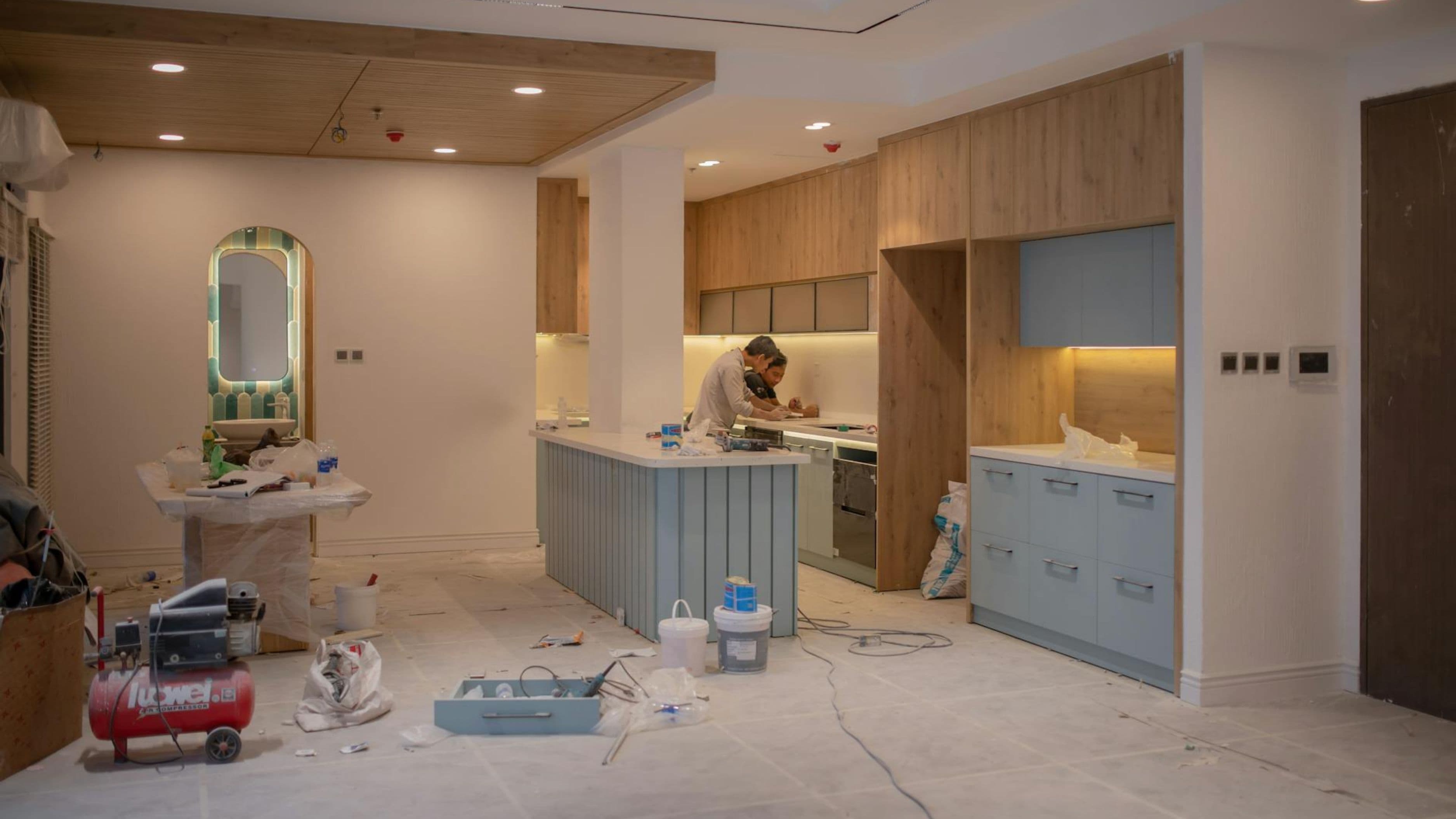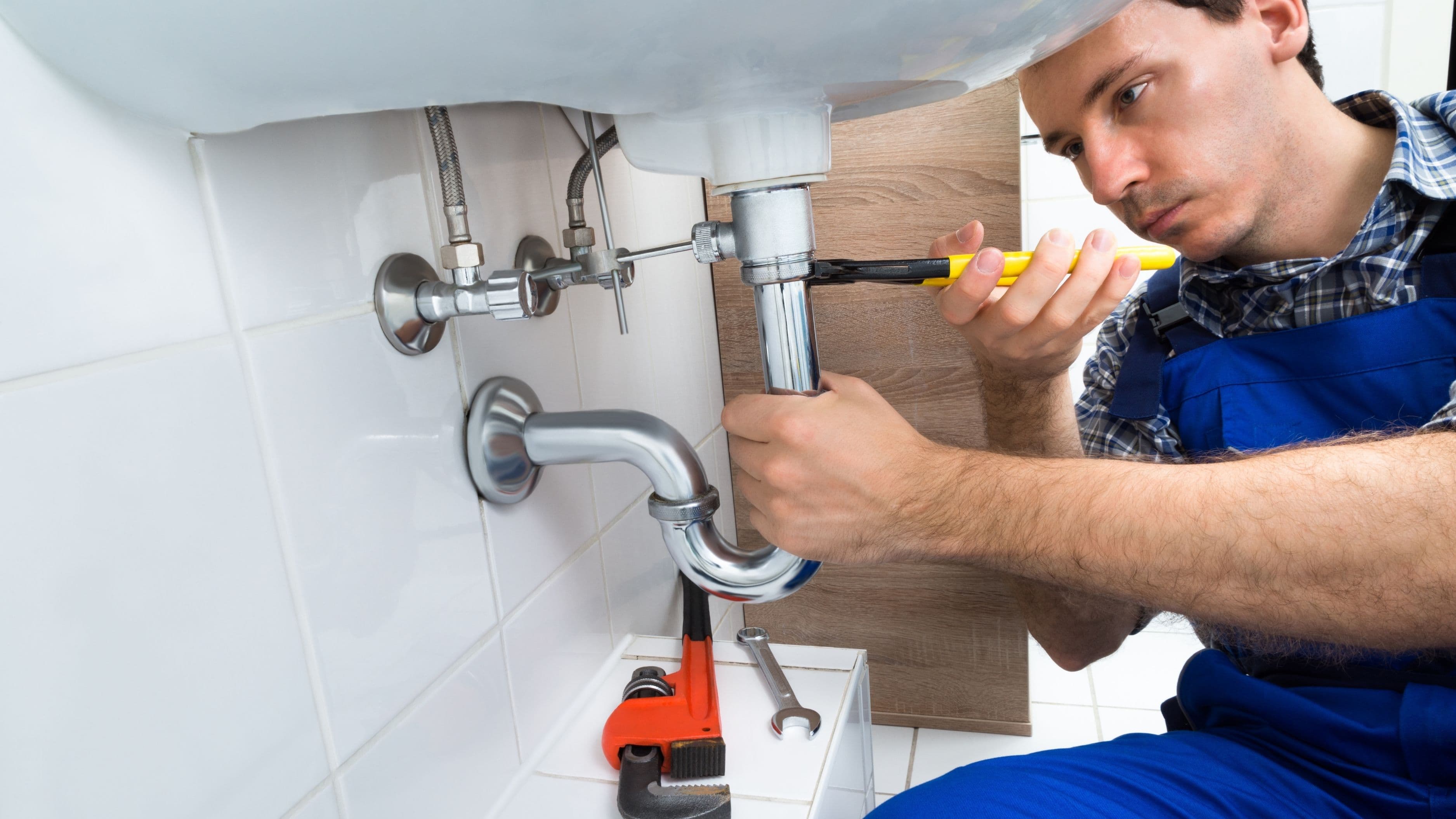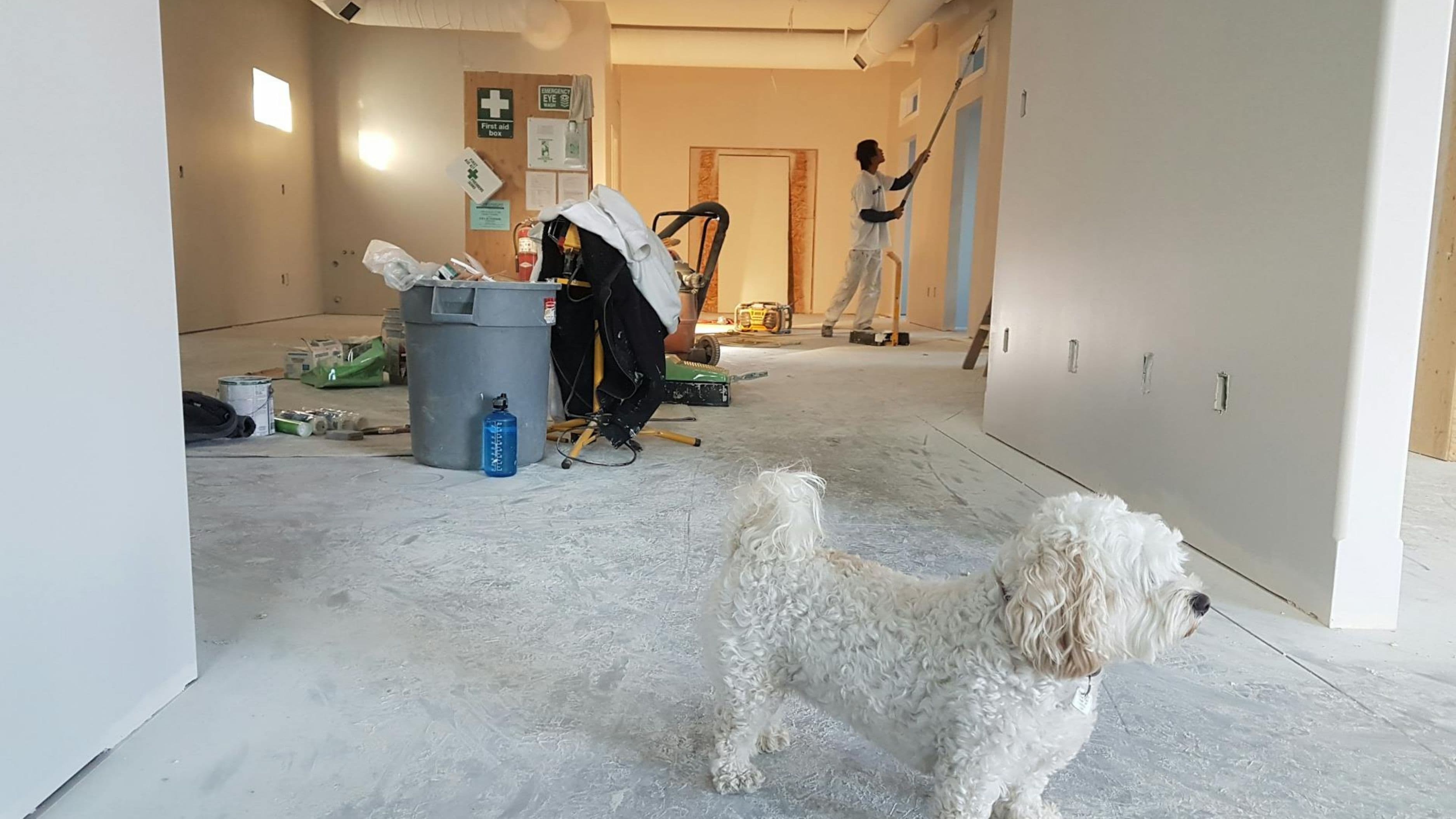The secret sauce? Strategic triage combined with DIY heroics and knowing when to wave the white flag and call in reinforcements. Think of yourself as the ER doctor of home repair—some problems are bleeding out and need immediate attention, while others can sit in the waiting room with old magazines for a while. Let's break down how to turn your repair chaos into a manageable action plan that won't require you to start a GoFundMe or subsist entirely on ramen noodles.
1. Safety First, Instagram Later
Before you worry about that ugly popcorn ceiling or the dated bathroom tile, address anything that could actually hurt someone or cause serious property damage. We're talking about the scary stuff: exposed wiring that sparks like a Fourth of July finale, a roof leak that's turned your attic into an indoor swimming pool, gas leaks that smell like rotten eggs, or structural issues that make your floor feel like a trampoline. These aren't "someday" projects—these are "drop everything and handle it now" emergencies. A collapsed ceiling doesn't care about your budget constraints, and neither does carbon monoxide poisoning.
The financial reality check here is brutal but necessary: safety repairs often can't wait, which means you might need to get creative with funding. Consider a 0% APR credit card for emergencies, a small personal loan, or even borrowing from family if the alternative is genuinely dangerous. Some utility companies offer payment plans for safety-related repairs, and certain municipalities have emergency repair assistance programs for low-income homeowners. Your pride might take a hit asking for help, but it's better than explaining to your insurance company why you ignored that obvious hazard for six months.
2. Play Detective With Water Damage
Water is basically the supervillain of home maintenance—silent, destructive, and always plotting your downfall. That tiny drip under your sink might seem innocent, but give it six months and you're looking at rotted cabinets, mold colonies that would make a biologist weep, and structural damage that costs more than your car. Hunt down every water issue with the intensity of someone searching for their phone when they're already late. Check under sinks, around toilets, in the basement, around windows after rain, and anywhere you've noticed mysterious stains or that distinctive musty smell that screams "expensive problem brewing."
The beautiful thing about water-related fixes is that many are shockingly DIY-friendly and cheap. A leaky faucet often just needs a $3 washer and a YouTube video. Caulking around your bathtub costs about $8 and thirty minutes of your time. Cleaning out gutters requires a ladder and some gloves but can prevent thousands in foundation damage. Even fixing a running toilet usually involves a $20 kit from the hardware store and zero plumbing knowledge beyond following illustrated instructions. The ROI on preventing water damage is astronomical—spend $50 now to avoid spending $5,000 later.
3. Energy Vampires Deserve a Stake
Your monthly utility bills are basically a report card showing where your house is hemorrhaging money, and some repairs pay for themselves faster than you'd expect. An ancient, wheezing HVAC system might need a simple filter change and duct cleaning rather than full replacement. That drafty window could be sealed with weatherstripping for under $20. Your water heater might just need its temperature adjusted or its tank drained to work more efficiently. These aren't glamorous fixes, but they're the financial equivalent of finding money in your couch cushions every single month.
Get methodical about this: walk through your home on a windy day with an incense stick or candle and watch where the smoke moves unnaturally—that's air escaping and taking your cash with it. Feel around electrical outlets for drafts. Check your attic insulation levels. Sometimes the "repair" is just adding insulation, which you can DIY for a few hundred dollars and recoup in energy savings within a year or two. The Department of Energy estimates that proper air sealing can reduce heating and cooling costs by up to 20%, which translates to real money back in your pocket that you can redirect toward other repairs.
4. Triage by Cascade Effect
Some repairs are gateway drugs to bigger problems, while others exist in isolation. A missing roof shingle leads to water damage, which leads to mold, which leads to structural rot, which leads to you starring in your own personal disaster movie. Meanwhile, that ugly light fixture in the hallway? It's just ugly. It's not going to become more ugly or cause other things to break. This is where you channel your inner chess player and think three moves ahead.
Create a literal spreadsheet or even just a notebook where you list every repair, then trace out what happens if you ignore it for six months, a year, or longer. Be brutally honest about cause and effect. That small crack in your foundation will widen with freeze-thaw cycles. That loose shingle will let water infiltrate your roof deck. That flickering light might indicate wiring issues that could cause a fire. Conversely, dated countertops, worn carpet, and chipped paint are purely cosmetic—they won't metastasize into bigger issues. This exercise helps you see which problems are reproducing while you sleep and which ones are just sitting there being annoying.
5. The DIY Litmus Test
Not every repair should be a YouTube-fueled adventure in overconfidence. The critical question isn't "Can I technically do this?" but rather "What's the worst-case scenario if I screw this up?" Painting a room wrong means you repaint it. Installing a light fixture wrong means you might burn your house down or electrocute yourself. The stakes matter more than your ego.
Create three mental buckets: Easy DIY (painting, caulking, basic hardware replacement, cleaning gutters), Moderate DIY with Research (replacing a toilet, installing shelving, minor drywall repair, replacing outlet covers), and Absolutely Call a Professional (anything involving gas lines, major electrical work, structural changes, roof work above one story, foundation issues). Your budget might scream at you to DIY everything, but one botched plumbing job that floods your bathroom can cost more than just hiring a plumber would have. Know your limits, respect the complexity, and factor in the true cost of mistakes when you're deciding whether to tackle something yourself.
6. Bundle and Negotiate Like a Boss
Once you've identified which repairs legitimately require professionals, don't just start calling people randomly from Google reviews. Get strategic about consolidating work and leveraging your position as a customer with multiple needs. If you need both electrical and plumbing work, see if you can find a handyman service that does both competently—you might save on travel fees and hourly minimums.
When you're getting quotes, be upfront about having multiple projects and ask about package discounts. Many contractors would rather secure a few days of guaranteed work at a slight discount than chase individual small jobs. Get at least three quotes for anything expensive, and don't be shy about asking if there's flexibility on pricing, especially if you're not in a rush and they have a slow period coming up. Off-season repairs (like getting furnace work done in summer) can be significantly cheaper. Also, ask about financing options—many larger contractors offer payment plans that might be more favorable than credit cards.
7. The Hack Economy Is Your Friend
Before you resign yourself to living with problems forever, explore creative solutions that weren't available to homeowners twenty years ago. Facebook Marketplace and Nextdoor are goldmines for finding local handypeople who do quality work at a fraction of what established companies charge. Community tool libraries let you borrow that expensive specialty tool you need for one afternoon instead of buying it. Apps like TaskRabbit connect you with helpers for smaller jobs that don't require licensed contractors.
The bartering economy is also alive and well if you have skills to trade. Maybe you're a graphic designer who can create a logo for a contractor in exchange for labor. Perhaps you can offer bookkeeping services, website help, or even just help with their social media in return for discounted rates. This isn't about trying to cheat people out of fair pay—it's about recognizing that everyone has valuable skills and sometimes trades work better than cash exchanges, especially when both parties benefit from the arrangement.
8. Cosmetic Surgery Can Wait
This is the tough-love section: Your kitchen doesn't need to look like an HGTV fever dream right now. Those dated countertops, the bathroom tile from 1987, the weird wallpaper in the guest room—they're not emergencies. They're preferences. When you're working with a limited budget, function trumps fashion every single time. A home that's structurally sound and safe but aesthetically stuck in a previous decade beats a gorgeous home with hidden problems every time.
The mental reframe here is powerful: those dated elements aren't failures, they're future projects. You're not settling for less; you're prioritizing what matters while building toward what you want. In the meantime, there are dirt-cheap cosmetic hacks that can tide you over: a fresh coat of paint makes everything feel new for under $100, changing out hardware on cabinets costs maybe $50, and strategically placed rugs can cover sins better than any confession booth. Save the big cosmetic upgrades for when your house isn't actively trying to fall apart, leak, or electrocute someone.
9. Create a War Chest Strategy
Here's the reality that nobody likes to admit: home repairs never stop coming. As soon as you fix one thing, another thing will break, because that's how physical structures work—they're slowly succumbing to entropy while you sleep. Instead of lurching from crisis to crisis, build an actual emergency fund specifically for home repairs, even if you start with just $25 per paycheck.
Financial experts recommend setting aside 1-3% of your home's value annually for maintenance and repairs. If that number makes you laugh-cry into your coffee, start smaller: open a separate savings account that's harder to access than your checking account and route even tiny amounts there automatically. When the water heater inevitably dies at the worst possible moment, you'll have something to draw from beyond your credit card. This fund lets you be proactive rather than reactive, catching small problems before they become catastrophic and expensive ones.
10. The Nuclear Option: Reassess Your Housing Situation
Sometimes the most honest answer to "How do I afford these repairs?" is actually "Maybe I can't, and I need to acknowledge that." This isn't defeatism—it's financial pragmatism. If you're sitting on a house that needs $30,000 in repairs you genuinely cannot afford now or in the foreseeable future, and those repairs are mounting faster than you can address them, it might be time for a serious conversation with yourself about whether this property is financially sustainable.
Selling a home with issues isn't ideal, but companies that buy houses in any condition exist for exactly this reason. You won't get top dollar, but you also won't sink further into a money pit that's destroying your financial stability and mental health. Alternatively, if you have significant equity, a home equity loan might give you the funds to do necessary repairs all at once, though this obviously isn't an option for everyone and comes with its own risks. Sometimes the brave choice isn't fighting to keep something, but recognizing when it's time to pivot to a more manageable situation.
Your home doesn't need to be a magazine-cover masterpiece—it needs to be safe, functional, and not actively bankrupting you while you sleep. The perfect home is a myth perpetuated by people with unlimited renovation budgets and film crews with excellent lighting. Your home, with its quirks and its repair list and its weird smell you still haven't identified, is exactly where you are right now. You can improve it strategically, one priority at a time, without sacrificing your financial future or your sanity.
The game isn't about doing everything at once. It's about being smarter than the chaos, more strategic than your panic, and honest enough to know which battles to fight first. Your home will probably always have something that needs attention—that's not a personal failure, it's just the reality of owning or living in any structure that wasn't built yesterday. Focus on safety, prevent cascade failures, tackle what you can yourself, and be ruthlessly practical about separating needs from wants. Your wallet will thank you, your stress levels will stabilize, and your home will gradually transform from overwhelming liability into manageable project.
📚 Sources
1. U.S. Department of Energy. (2023). "Air Sealing Your Home." Energy.gov - Energy Saver Program. Retrieved from https://www.energy.gov/energysaver/air-sealing-your-home
2. HomeAdvisor. (2024). "True Cost Guide: Home Maintenance Statistics and Average Repair Costs." HomeAdvisor Research Center.
3. American Society of Home Inspectors. (2023). "Recommended Annual Home Maintenance Budget Guidelines."
🔍 Explore Related Topics



